From long wait times to untrained staff and technological issues, unaddressed call center problems lead to frustrated customers, lost business, and a damaged reputation.
Effectively identifying the problem and developing prompt resolutions means improved call center agent performance, higher customer satisfaction levels, and significant cost savings.
In this article, we explore some of the most common call center problems, their respective causes, and actionable solutions to ensure a superior customer experience.
Common Problems Many Call Centers Face
Below, we’ve outlined the most common call center problems–and how to solve them.
- High Employee Turnover Rates
- High Rate of Employee Absenteeism
- Low First Call Resolution Rates
- Long Wait Times
- Lack of Reporting and Analytics
- Low Customer Satisfaction
- Workforce Not Properly Optimized
- High Customer Churn
- Scaling Issues
- Technical Glitches
1. The Problem: High Employee Turnover Rates
Call centers have a high average annual agent turnover rate of over 30%, meaning agent attrition is easily one of the biggest call center problems.
Common factors responsible for high turnover rates in call centers include:
- High stress levels caused by mistreatment from customers
- Burnout from unrealistic performance expectations
- Low job satisfaction
- Lack of employee recognition and feedback
- Few career advancement opportunities
- Inadequate management
- Poor employee training
- Lack of team collaboration and camaraderie
High attrition rates lead to significant financial costs up to 20% of the lost employee’s annual salary. Plus, companies must invest more money into recruiting, the hiring process, onboarding, and training while–all while losing potential sales and experiencing reduced productivity from vacant positions.
Other agents are then required to pick up the slack until a replacement agent is found, leading to overburdened, frustrated employees, low customer satisfaction rates, and poor customer service quality–so the cycle repeats.
The Solution: Increase Employee Engagement and Recognition
To solve the problem of high employee turnover in call centers, it is important to build a positive work environment and engaging work culture.
This means providing competitive wages and benefits, remote work options, and flexible scheduling to increase agent retention rates and receive stronger job applicants during the employee recruitment process.
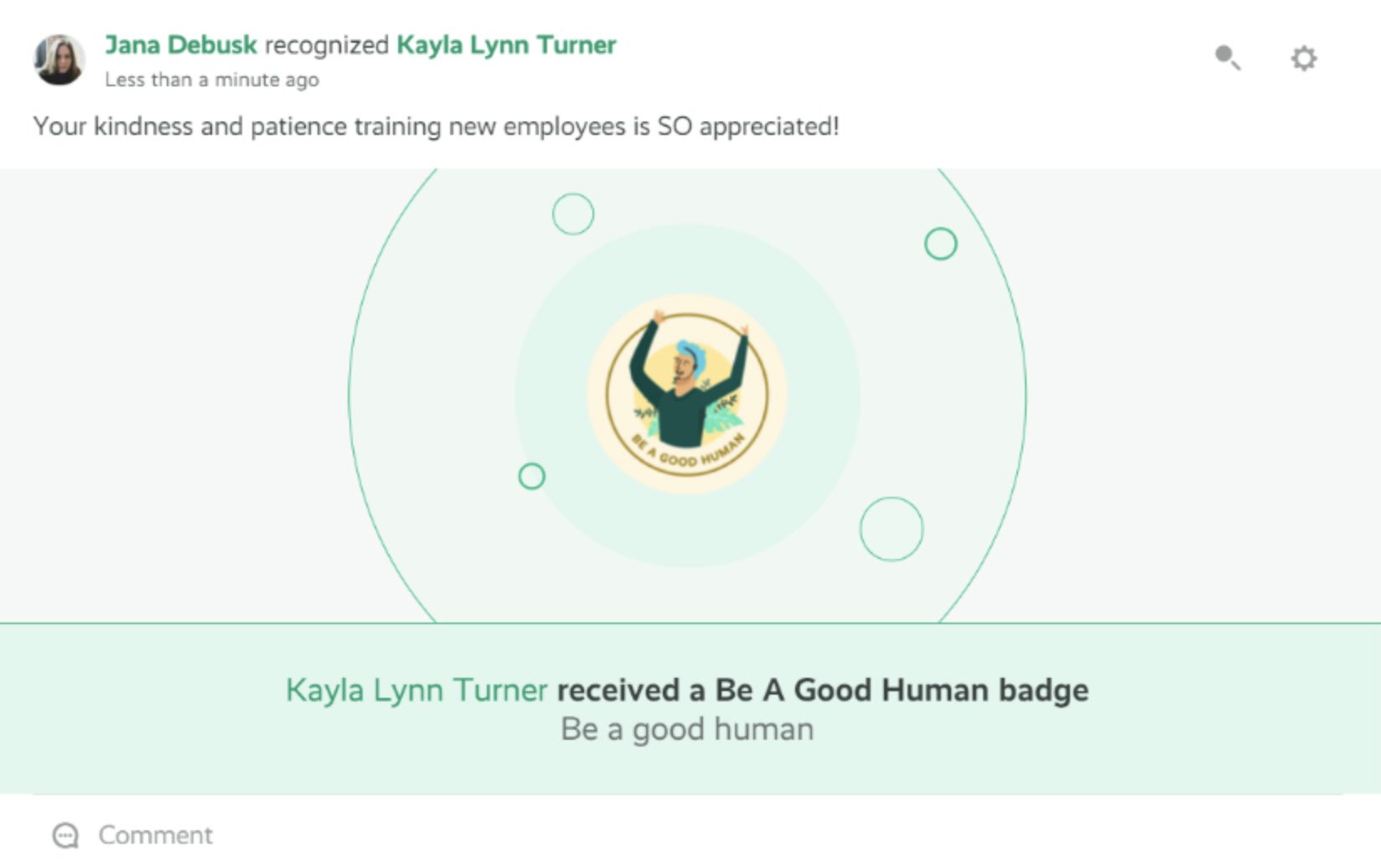
A focus on employee recognition with performance gamification, leaderboards, and prizes for top agents improves employee engagement, increases communication between management and agents and leads to higher levels of agent performance.
Frequent team meetings where team members share feedback, regular performance reviews that identify areas for career advancement, and promote a work-life balance helps employees feel valued and engaged.
Features like automated CRM software customer callbacks, and AI-powered agent assistance with canned responses and agent scripts make workloads more manageable and boost employee morale.
2. The Problem: High Rate of Employee Absenteeism
Employee absenteeism–where agents simply fail to show up for shifts or suddenly call out with no plan for coverage–is a struggle for many call center managers.
It is particularly prevalent in contact centers where agents are often required to work long and/or irregular hours.
In some cases, absenteeism happens because of legitimate employee personal issues, like sudden illness, family responsibilities, personal emergencies, weather-related issues, or a lack of childcare.
More often, employee absenteeism is caused by job dissatisfaction, burnout, and agent frustration from lack of support.
Without a plan in place to address employee absenteeism, call centers are understaffed and available agents are overburdened. This means longer customer hold times, overwhelming call queues and callbacks, low-quality customer service and support, and decreased productivity.
The Solution: Automated Scheduling Tools
To solve the problem of employee absenteeism in call centers, managers must take a proactive approach towards improving the agent scheduling process.
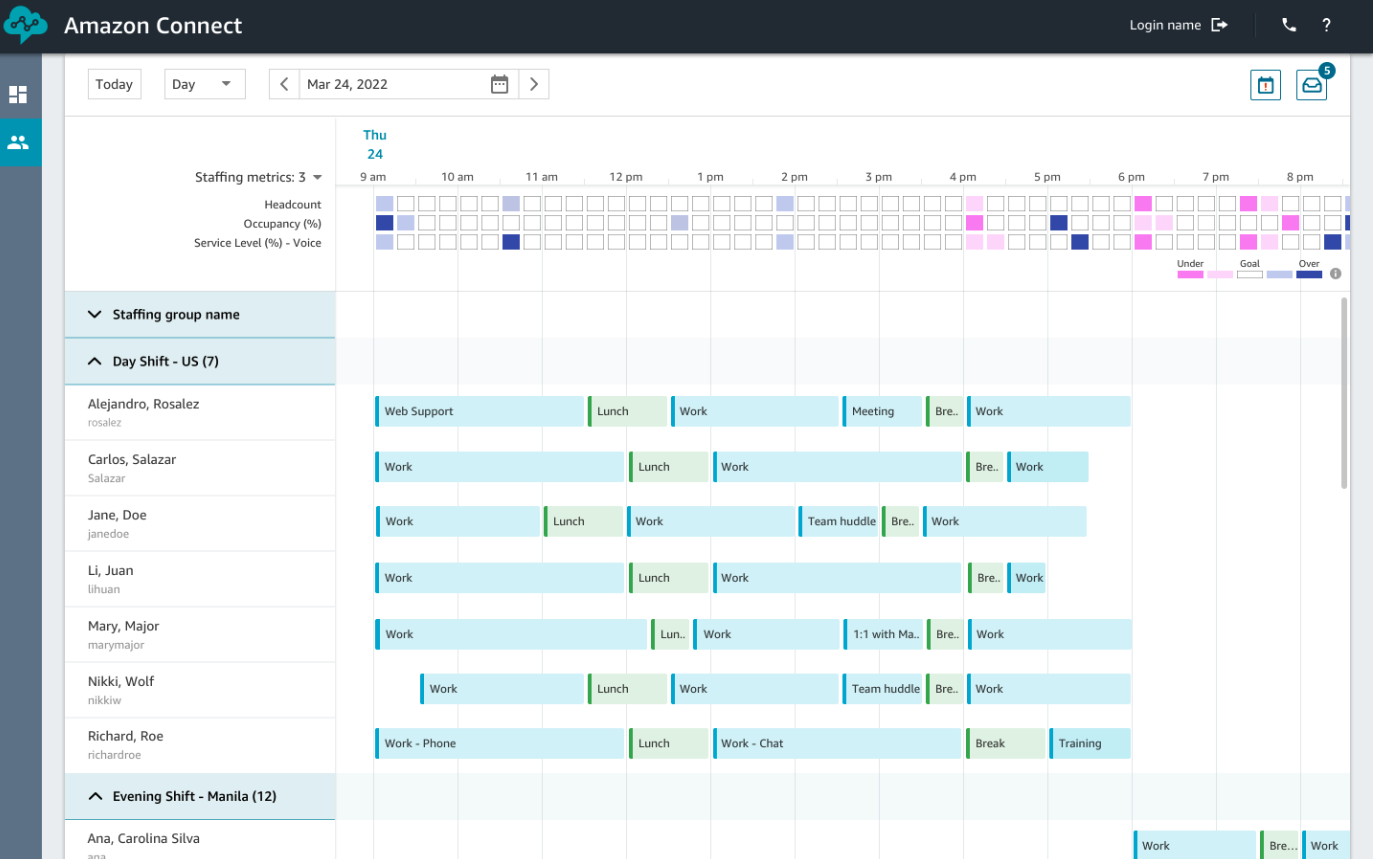
CCaaS platforms and Workforce Management tools offer AI-powered forecasting strategies with algorithms to accurately predict upcoming call volumes, peak call times and seasons, and the required number of agents.
WFM platforms also provide and automatically implement suggested agent schedules and include schedule adherence monitoring so managers can address absentee issues.
Implementing clear absence management policies, providing incentives for good attendance, and developing a plan for managing absences minimizes the negative impact of absenteeism.
Workforce optimization tools can adjust call queue and routing strategies in real-time to adapt to the current number of available agents and call volume.They also provide employee shift bidding and PTO management tools.
To further reduce absenteeism, business owners should provide flexible scheduling options and adequate employee support via programs like employee assistance programs (EAPs) and wellness initiatives.
3. The Problem: Low First Call Resolution (FCR) Rates
First call resolution, or first contact resolution, (FCR) is an essential metric for call centers that measures the percentage of customer inquiries resolved during the initial contact.
Low FCR rates lead to increased call volume, longer wait times, and reduced customer satisfaction.
Top causes of low call center FCR include:
- Insufficient training for call center agents
- Lack of available agents
- Lack of accurate and available agent access to key customer data
- Poor call flow paths that connect callers to unqualified agents
- Lack of proper escalation processes
- Limited agent authority
The Solution: In-Conversation Agent Support and Optimized Call Routing
To solve the problem of low FCR rates, admins should first implement the above scheduling suggestions to ensure the number of available agents is consistent with current call volumes.
However, agents also need to have in-conversation access to essential customer information like interaction history, CRM data, and customer IVR/IVA input to fully prepare for each call.
Access to Intelligent agent suggestions from internal knowledge bases, copy-paste canned responses, and the ability to consult with other agents and supervisors during conversations also increases FCR rates.
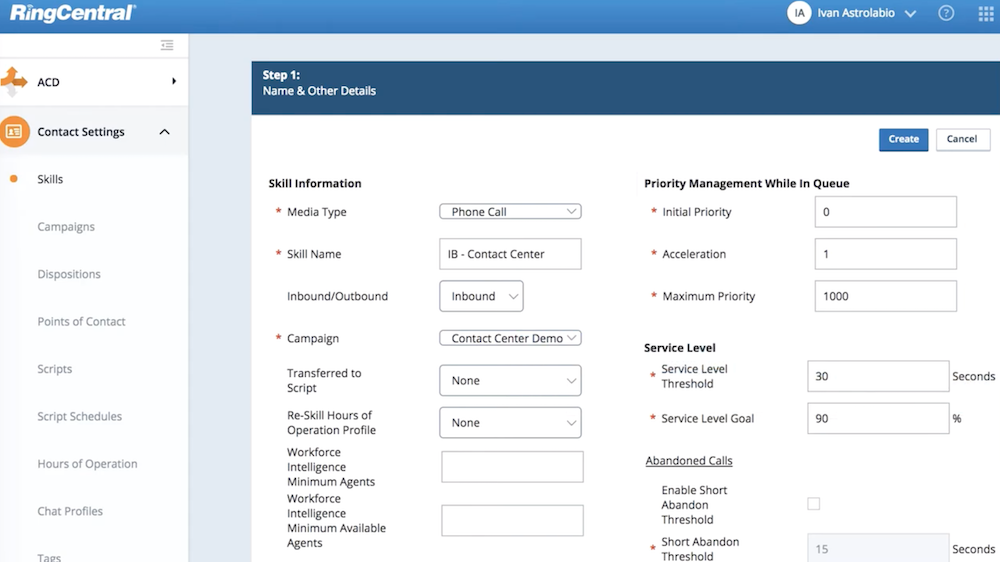
Optimizing call routing and call forwarding paths, escalation matrixes, and auto-attendant menu options via a drag-and-drop conversation designer also improve first call resolution rates.
Admins can choose from a variety of call routing strategies like skills-based, time-based, relationship-based, round robin, list-based, and most idle routing.
4. The Problem: Long Wait Times
Long wait times in call centers are a huge source of frustration for customers and business owners alike.
Long hold times cause high call abandonment rates, increased average handle time (AHT), and low CSAT and NPS scores. Most important, extended customer wait times increase the average cost per call and cause frustrated customers to lash out at agents.
Top causes of long wait times include:
- Understaffing and absenteeism
- Sudden/unexpected high inbound call volumes
- Inefficient call routing paths
- Lengthy call handling times
- Extended call queues
The Solution: Customer Self-Service and Optimized Call Queues
The first step to addressing the problem of long wait times is to monitor key call center metrics like call abandonment rate, AHT, call queue lengths, call transfer rate, and more.
This data makes it easy to identify and address the root causes of long wait times.
Using WFM to appropriately staff the call center is another essential part of lowering call wait times, but it’s just as important to ensure available staff have the training, permissions, and skillsets needed to best assist each customer accordingly.
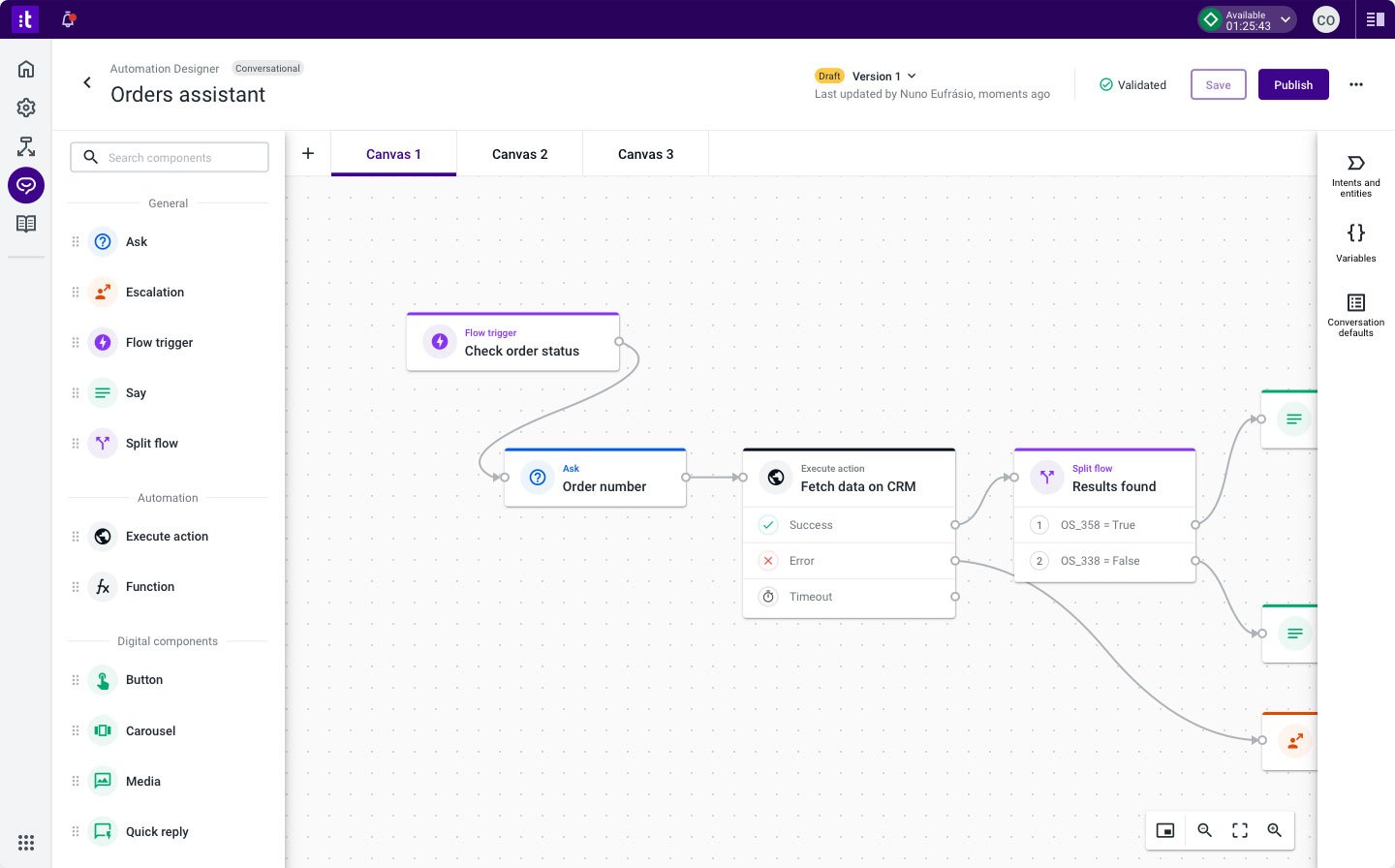
Optimizing call routing paths and using IVR (Interactive Voice Response) systems to collect pre-call customer data like a summary of the issue, contact information, and order/account numbers also helps to shorten wait times. Providing self-service options such as automated menus, chatbots, and online knowledge bases can reduce call volume and wait times for customers.
Admins should also evaluate their current call queueing strategy to ensure:
- Appropriate ring groups (skills-based, department-wide, etc.) are assigned to queues
- Estimated wait times are provided during hold times
- Automated customer callbacks are available
- The maximum number of callers per queue is set
- Automatic call queue assignment/reassignment is enabled
5. The Problem: Lack of Reporting and Analytics
A lack of or outdated analytics regarding call center activity and agent performance makes it difficult to identify areas for improvement and make data-driven decisions.
A lack of available key performance indicators (KPIs) causes miscalculations in staffing needs, miscommunication with customers, and higher call volumes.
In addition to failing to take advantage of call center software analytics and reporting features, many call center managers do not monitor the correct metrics, instead making decisions that will do more harm than good.
The Solution: Use Analytics Tools and AI Insights
Call center managers should start by identifying which KPIs have the biggest influence on the call center’s overall goals and objectives.
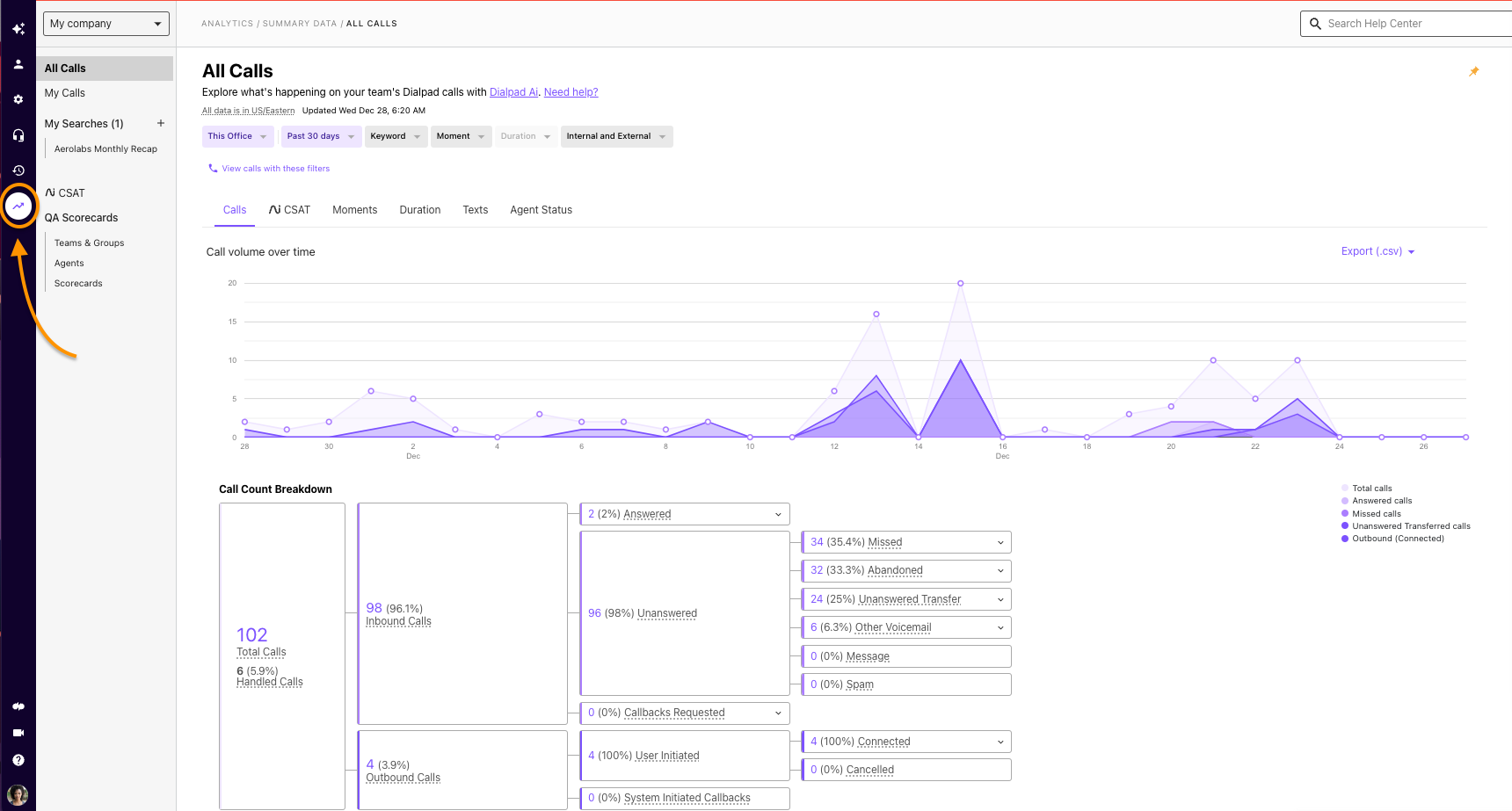
Next, they should invest in call center analytics software or advanced reporting add-on features that provide a real-time and historical 360-degree view of all call center activity. These tools should pull data from multiple sources, including integrated CRM software and call recordings.
Admins can customize these reports according to their key metrics, choose from pre-made reporting templates, and enable automatic report generation at preset intervals.
Reporting tools should include the ability to filter data by agent, department, date range, custom labels, queues, and communication channel. AI-powered analytics use speech recognition, machine learning, and Natural Language Understanding (NLU) to create word clouds, identify trends and patterns in agent/customer behavior, and make suggestions for improvement.
Management should use the insights gained to make decisions about how to improve performance. This may involve implementing new training programs for agents, changing call routing strategies, or creating a self-service hub for customers.
6. The Problem: Low Customer Satisfaction
Low customer satisfaction is a significant challenge for many contact centers, resulting in increased customer churn, reduced revenue, and damage to the company's reputation.
Common causes of low customer satisfaction include:
- Long wait times
- Lack of personalized support
- Feeling undervalued
- Feeling their time isn’t respected
- Lack of agent follow-up
- Lengthy, unhelpful IVR menus
- Difficulty reaching a live agent
- Ineffective/untrained agents
- Lack of agent empathy
- Inadequate resolutions to customer problems
The Solution: Provide Omnichannel Service and Automation Tools for Agents
Ultimately, customers want fast, efficient and personalized service from call centers.
Providing omnichannel customer service options including phone, email, chat, and social media not only improves accessibility and reduces wait times, but it enables customers to reach out on the channel that they feel most comfortable using, creating a more customized experience.
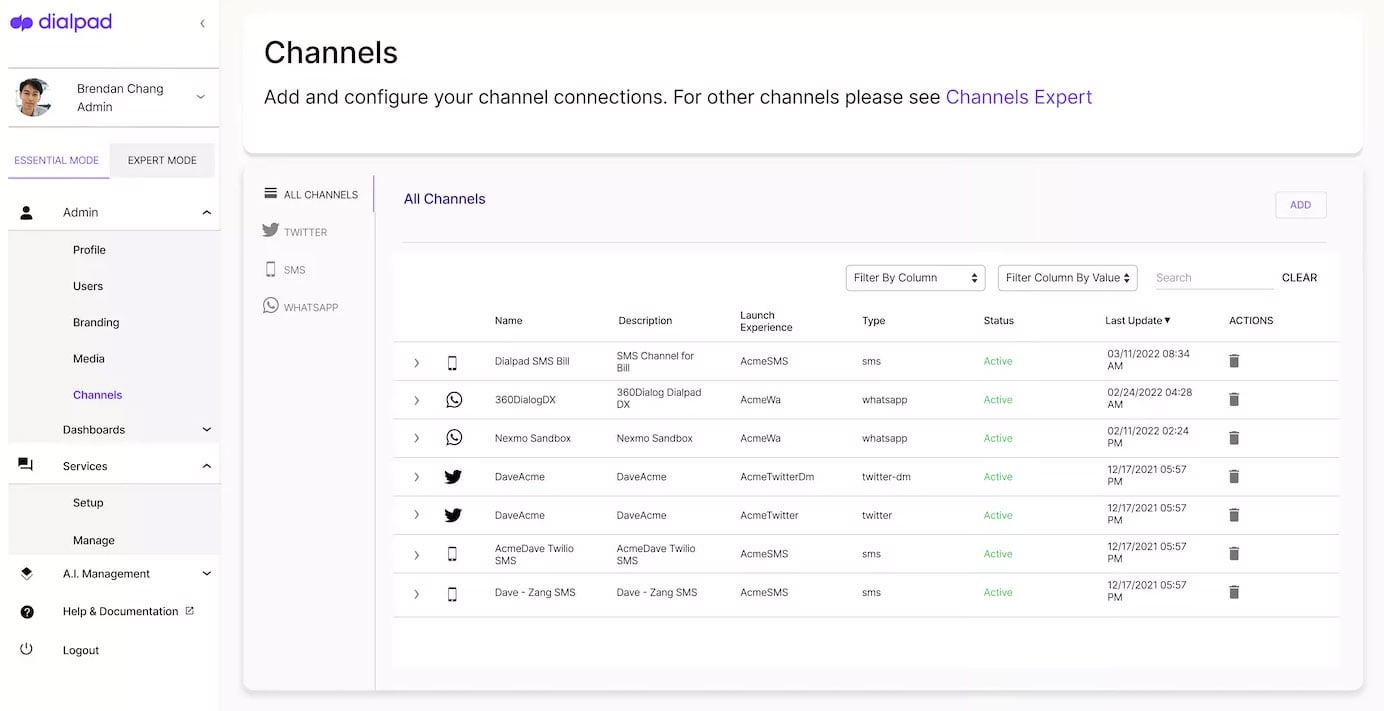
To ensure customers are treated with respect and empathy, organizations should prioritize hiring agents with excellent active listening skills and train them thoroughly on technical skills and product/service information.
Auto dialers and automation tools should be utilized to save agents time and eliminate repetitive tasks like sending follow-up messages and data input. This frees agents up to focus on customer issues.
Finally, companies should measure and track customer satisfaction using surveys and continually identify areas for improvement over time.
7. The Problem: Workforce Not Properly Optimized
Using WFO forecasting tools to estimate future contact volumes ensures call centers have a sufficient number of agents to manage peak call times. These tools also review agent skillsets and departments, so call centers are always staffed with agents trained for a variety of customer service issues. A lack of workforce optimization leads to understaffing, customer frustration, low FCR, and higher operating expenses.
Causes of an unoptimized workforce include:
- Inaccurate forecasting of call volume
- Inefficient agent scheduling
- Inadequate employee training
- Poor communication between agents and supervisors
- Lack of communication between agents (silos)
The Solution: Optimize Workforce with Performance Management and Training
WFO (workforce optimization) and WEM (workforce engagement management) tools are designed to improve employee productivity, engagement and efficiency.
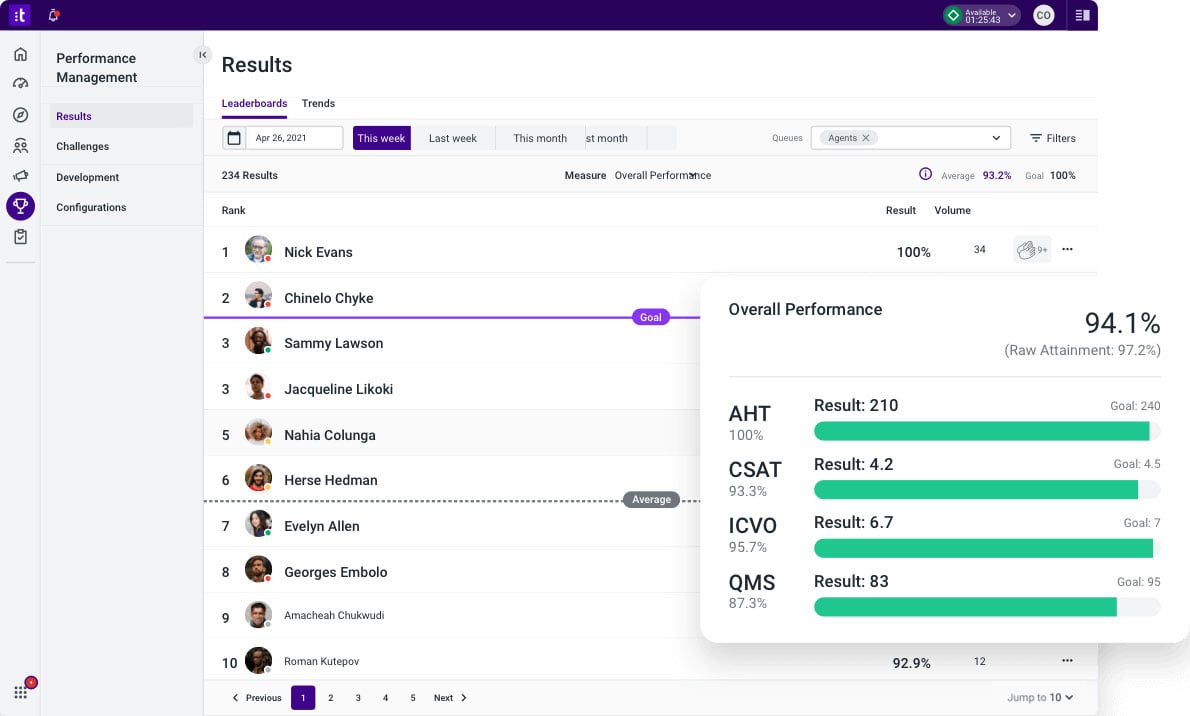
Performance management is a key part of workforce optimization. Companies should monitor their entire operation and hone in on specific employees to ensure that each employee is adequately trained and meeting their goals.
Ongoing employee training and development like in-conversation agent feedback and guidance, on-the-job and webinar-based training modules, and agent soft skill development improves agent performance and opens up communication.
Other WFO/WEM tools include:
- Scheduling software
- Onboarding/recruitment systems
- Gamification and Recognition tools
- Quality management
- Employee evaluation
- Recognition and gamification tools
- Metrics
- Voice of the employee tools
8. The Problem: High Customer Churn
Customer churn, also known as customer attrition, refers to the rate at which customers stop using a call center's services. A high rate of customer churn accompanies lost business, higher marketing costs, and a lack of customer loyalty.
Some common causes of customer churn include:
- Inconsistent or poor customer service
- Lack of personalization
- Difficulty reaching a resolution
- Attracting the wrong customers
- Not maintaining customer relationships
The Solution: Customer Segmentation and Surveys
Customer segmentation is the process of determining particular groups of customers based on specific characteristics. Companies can then tailor advertisements, communication and sales strategies to each customer segment, creating a personalized customer experience.
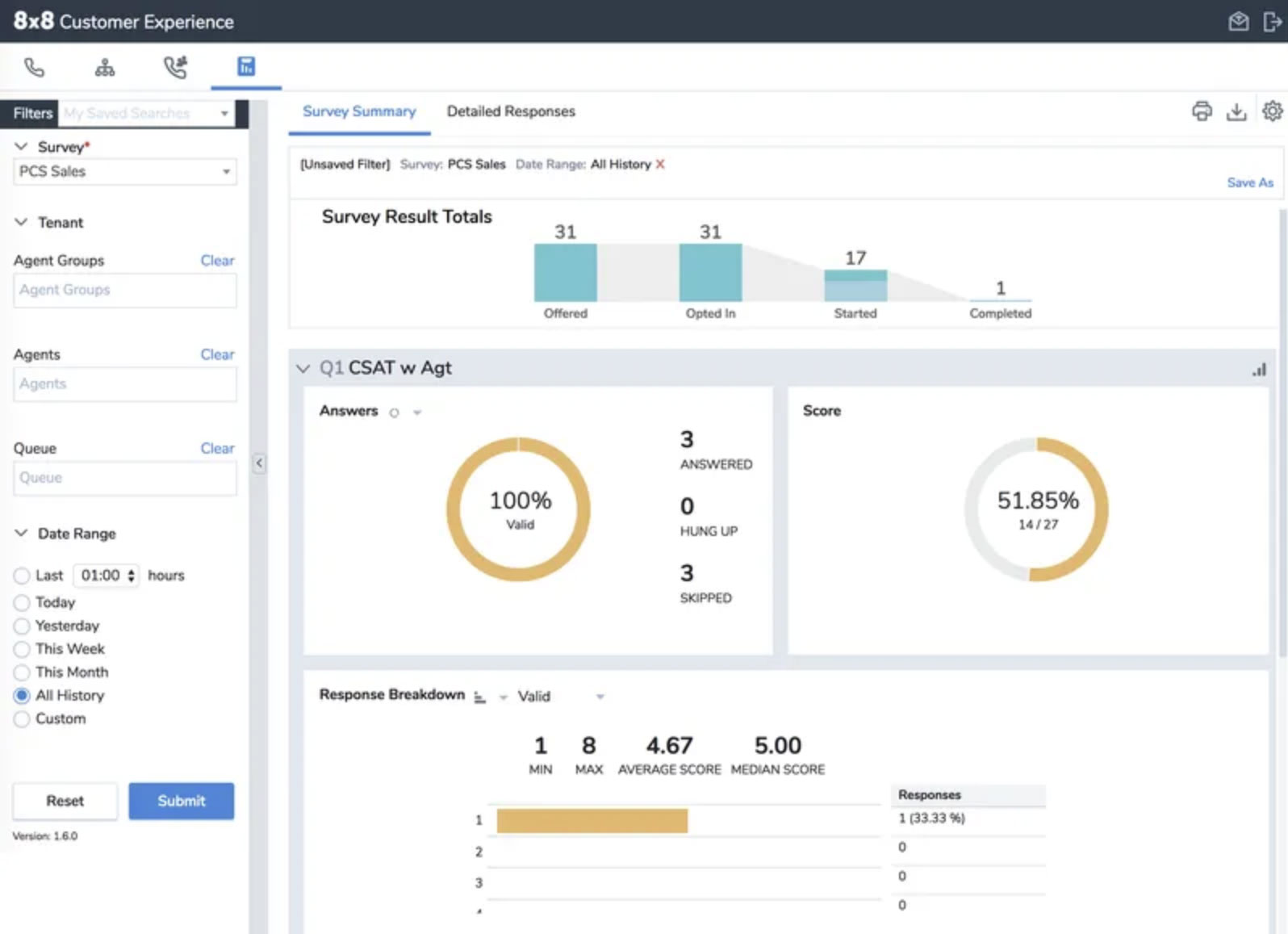
Customer surveys can be used to obtain data related to demographics, purchasing patterns, and preferences. Companies can also use existing customer data and focus groups to collect data on its customer base.
Once an organization has sufficient data, customers are categorized into segments. Customers can be segmented by any shared trait. Some common ones are age, demographic, gender identity, income level, and marital status.
Customer survey questions can also address purchase behavior with questions about lifestyle challenges and decision making.
Finally, customer metrics including net promoter score and CSAT scores should be consistently monitored to prevent high churn rates.
9. The Problem: Scaling Issues
The challenge of scaling for call centers involves the ability to efficiently and effectively handle an increasing volume of customer calls as a business grows. Scaling a call center requires careful planning and execution to ensure that customer service levels are maintained or improved as the business expands.
Sudden growth without a proper scaling plan in place can result in understaffing, increased costs, agent burnout, and a lack of necessary technology.
Scaling issues for call centers include:
- Drops in customer support due to adding too many new and untrained agents
- Longer wait times as the call center adjusts to higher call volume
- Agent burnout
- Outdated technology
- Increased hardware costs
The Solution: Switch to the Cloud and Streamline Onboarding
Many of the solutions mentioned above will assist with scaling contact centers. Specifically, adding customer self-service options, implementing omnichannel service, and investing in workforce management solutions.
Above all, switching to a cloud-based contact software solution will make scaling much faster and cheaper, as it allows companies to add on new lines, channels, and services without purchasing additional hardware or paying for maintenance.

Additionally, implementing a streamlined onboarding process to quickly train new call center employees is essential when scaling. Video conferencing is a great CCaaS feature for onboarding new remote employees, particularly platforms that include screen sharing. Team messaging platforms with file sharing are a great way to keep new employees engaged while giving them access to lesson recordings.
10. The Problem: Technical Glitches
The problem of technical glitches in call centers is more than just an annoyance. Issues such as jitter, latency, dropped phone calls, etc. can result in lost business, dissatisfied customers and a damaged reputation.
Technical glitches are commonly the result of hardware failure, software bugs, network issues, system overload, or data security breaches.
The Solution: Maintain Software and Have a Disaster Recovery Plan
To minimize the risk of technical glitches in call centers, it is important to regularly maintain hardware and software components and implement a disaster recovery plan. A disaster recovery plan is the outlined process to maintain vital infrastructure (or to get it back up and running) after a natural or man-induced disaster. Many CCaaS solutions include disaster recovery which generally consists of backup systems, and redundancy.
Companies should also perform regular system checks and testing, including stress tests, load tests, and penetration tests to identify vulnerabilities.
Finally, call centers should regularly review and update their data security protocols to protect customer information from breaches or cyberattacks. This should include regular training and support to agents to help them understand security protocol and troubleshoot technical issues.
How To Identify Problems in Your Call Center
To identify problems in your call center, it is essential to monitor key performance metrics like employee turnover rates, absenteeism rates, and first call resolution rates.
Conducting customer surveys and employee feedback sessions offers valuable insights into employee/customer satisfaction. They can also highlight areas for improvement and gaps in agent training.
Once problems are identified, call center managers should take proactive steps to address them. This means investing in employee training and development, enhancing access to customer information, taking advantage of call center software analytics and WFO features, and improving call routing and IVR paths.
Addressing the underlying causes of call center problems will lead to improvements in performance, customer satisfaction, and profitability.



